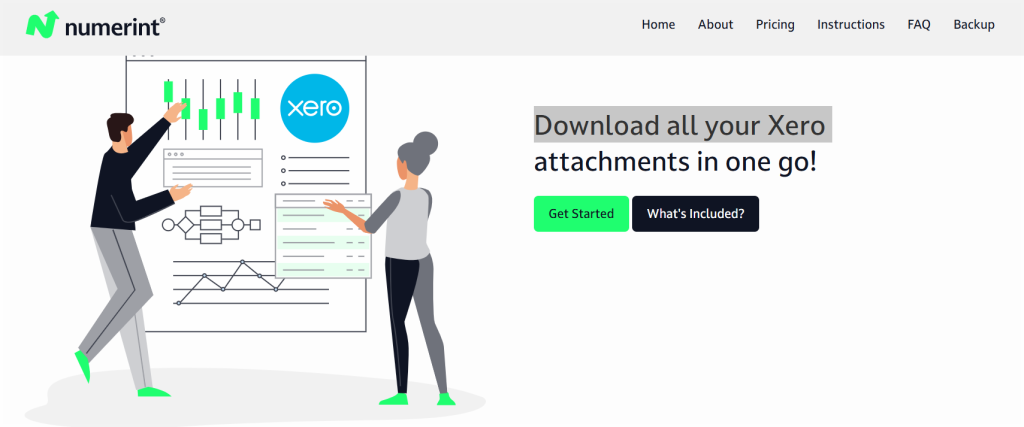Starling Bank, a major fintech company from the UK, announced a significant decrease in profit for 2024. They reasoned that it resulted from their historic weaknesses in the initial operational framework. The bank’s pre-tax profits were down to £95 million. In comparison, its revenue grew substantially to £195 million, which resulted in a lack of clarity over its cost management strategies and concerns about the question raised about the bank’s pre-tax profits.
Revenue Rises but Costs Increase
The bank raised revenues to £450 million by the end of the year, benefiting from a dramatic increase in customer accounts to 4.2 million. Still, expenses grew to be a bigger income ratio due to technology investments and adding new staff. The consensus among analysts is that the tough nature of digital banking is one of the reasons that led to financial strain in the bank.
Expansion Goes Smart
The bank’s leaders see a bright future, and ambitious expansion projects are the focus. The bank entered the digital-first products market to target small businesses and the global market. To enhance customer experience, the bank applied AI in its service by paying the price of these ongoing projects that caused a short-term loss of profit.
New Regulations Threaten
Safety regulators are checking the company for weaknesses in its effective compliance. This, Starling explained, is due to its fast pace of growth. The bank’s management, which should comply with anti-money laundering rules, is not satisfied with the outdated systems, and this has been marked as an area that needs upgrading. The bank’s main target is to remove penalties and keep the trust of its customers by allocating a lot of money to work leadership to tackle the issue.
Market Position and Competition
Starling has a dominant role in the UK digital banking market and is in direct competition with other similar financial technology companies like Monzo and Revolut. By the use of its app and the introduction of commercial banking services, the bank has been able to affect the customers’ loyalty ultrasonically. And yet the onslaught of competition and increasing interest rates are gradually narrowing down profit margins, thus causing Starling to rethink their pricing strategies only to keep their market share.
Customer Growth Fuels Optimism
With a 15% hike in the bank’s number of accounts, Starling’s growth path is not only steady but also strong. The bank’s primary market has been the small and medium enterprises, which have multiplied its user base to a 30% share. This group is considered to be the foundation of future revenue stability.
Technology Investments Under Scrutiny
Starling has injected a considerable amount of money into cloud and cybersecurity, which has sparked opinions on its effectiveness. The investments have not only made the company more scalable but also caused a dip in profits. Conclusively, experts in the industry have claimed that such expenses are indispensable for the competition in the technology-led banking landscape, and yet, the returns are a matter of uncertainty.
Leadership’s Response to Challenges
Anne Boden, CEO, acknowledged that the profit had suffered a decline but stressed that they were committed to their long-term objectives. “We’re constructing an environmentally friendly, sustainable, customer-centric bank,” she said. In addition to a more diversified revenue base and better digital services, Boden has indicated that the company’s direction will see a reduction in profits in shareholders’ hands due to this unanticipated economic uncertainty.
Economic Background and Prospects
The U.K.’s economic development, characterized by inflation and tax increases, will certainly not ease the burden. Market professionals see Starling’s determination to manage costs efficiently and innovate in products as things that could help them overcome these crises. Financial experts are announcing that 2026 will be the year of recovery, given that the bank is a mix of growth and operational discipline.
Confidence of Investors Seems to Falter
Investor sentiment got spooked after the profit statement, which badly affected the shares, which subsequently lost 5% of their value at the exchange. Still, Starling’s solid brand and dedicated customer base will shield it from any heavy damage. The bank’s stock price, which will be traded in two weeks, will mean it is a solid investment as it promises high profitability and business development.
Route to Economic Revival
Starling intends to merge operations and trim unnecessary expenses to best realize the company’s objectives. It also plans to work with young fintech companies and perhaps expand to a new location outside the country. The bank intends to employ its agile system to produce profitability again and still be known for creativity.
What the Sector Will Look Like
The challenges the Starling Banking Services face are related to the broader landscape of the fintech industry, a sector dominated by fast growth and, in most cases, a lack of a strategy for earning. This particular issue could set Starling’s plan as a positive one because the competitors are also going in the same direction. In fact, focusing on digital transformation could witness the bank creating a magic solution to the financial stability and the innovation dilemma.
Getting Ready For The Future
Starling Bank’s story depicts how the fintech sector is transitioning. Despite declining earnings causing worries, the bank’s healthy customer base and strategic investments highlight its strength. The ultimate goal of the bank is to narrow down its operations and become a key player in the U.K.’s digital banking shift.
















 Bitcoin
Bitcoin  Ethereum
Ethereum  Tether
Tether  XRP
XRP  USDC
USDC  TRON
TRON  Lido Staked Ether
Lido Staked Ether  Cardano
Cardano  Avalanche
Avalanche  Toncoin
Toncoin  Wrapped SOL
Wrapped SOL